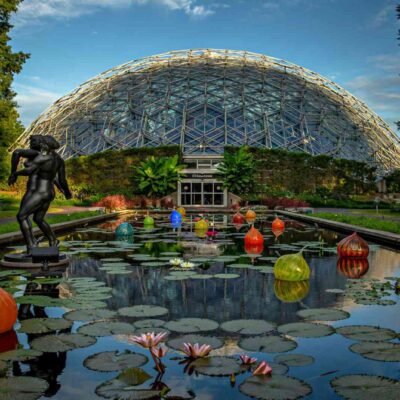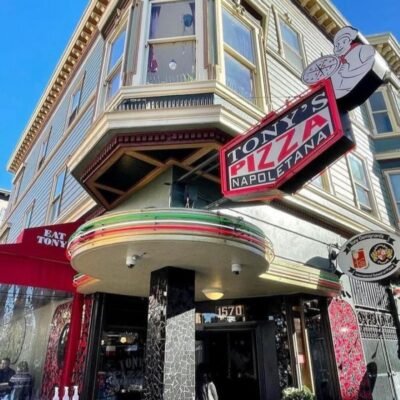Why Nostalgia Marketing is Everywhere in 2025
Have you ever heard a song from your childhood and instantly felt happy? Or watched an old TV show and remembered the ‘good old days’? That’s the magic of nostalgia, and brands today are using it to grab attention, build trust, and boost sales. Nostalgia marketing is a powerful tool in entertainment and advertising, bringing back the past to create strong emotional connections with audiences.
In this article, we’ll explore how nostalgia marketing works, why it’s so effective, and how businesses are using it to dominate the market in 2025.
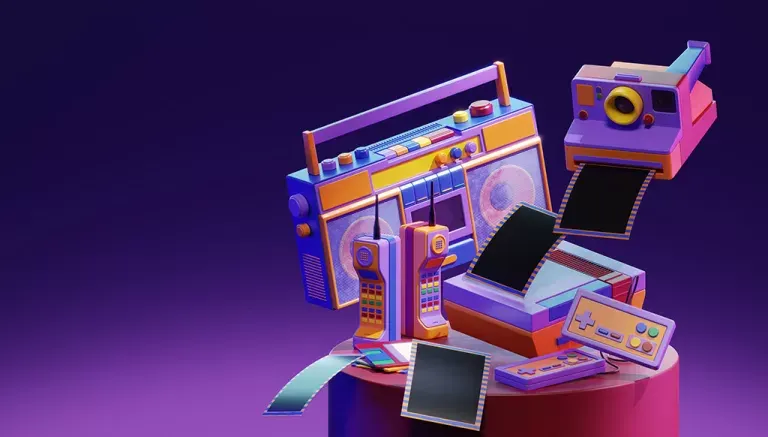
What is Nostalgia Marketing?
Nostalgia marketing is a strategy where brands use memories, trends, or elements from the past to create emotional connections with consumers. This can include:
- Bringing back old products or packaging
- Using retro designs, fonts, and music
- Rebooting classic movies, TV shows, or games
- Referencing past trends in advertising
- Reintroducing discontinued services or features
It makes people feel comfortable and reminds them of a simpler, happier time, making them more likely to trust and buy from a brand.
Why Nostalgia Marketing Works So Well
1. Emotional Connection
Nostalgia triggers powerful emotions, making consumers feel good and connected to a brand. When people remember happy moments from their past, they associate those feelings with the product or service being advertised.
2. Builds Brand Loyalty
Customers are more likely to support brands that bring back positive memories. If a company revives an old product or references a past trend, it can create a strong bond with its audience.
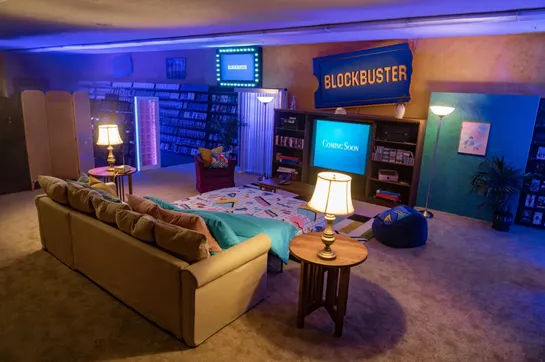
3. Stands Out in a Crowded Market
With so many brands competing for attention, nostalgia marketing helps businesses stand out. It creates instant recognition and sparks conversations among different generations.
4. Works Across All Ages
While millennials and Gen Z often feel nostalgic about the 1990s and 2000s, older generations enjoy references to the 1960s, 70s, and 80s. This makes nostalgia marketing a universal strategy that appeals to people of all ages.
Nostalgia Marketing in the Entertainment Industry
The entertainment world has mastered nostalgia marketing. Here’s how it’s being used:
1. Movie and TV Show Reboots
Hollywood is constantly bringing back old favorites. Recent successful reboots include:
- Stranger Things (filled with 80s references)
- Ghostbusters: Afterlife
- The Super Mario Bros. Movie
- Live-action remakes of Disney classics like The Lion King and Aladdin
2. Music Revivals and Trends
Old songs are making a comeback on platforms like TikTok and Spotify. For example:
- Kate Bush’s Running Up That Hill (1985) went viral after Stranger Things featured it.
- 90s and 2000s pop music is trending among younger listeners.
- Vinyl records and cassette tapes are back in style.
3. Gaming Industry’s Retro Revolution
Gaming companies are reviving classic titles and consoles:
- Nintendo released mini versions of classic consoles like the NES and SNES.
- Popular franchises like Pokémon, Sonic the Hedgehog, and Crash Bandicoot have received modern remakes.
- Retro-style pixel art games are thriving in the indie gaming scene.
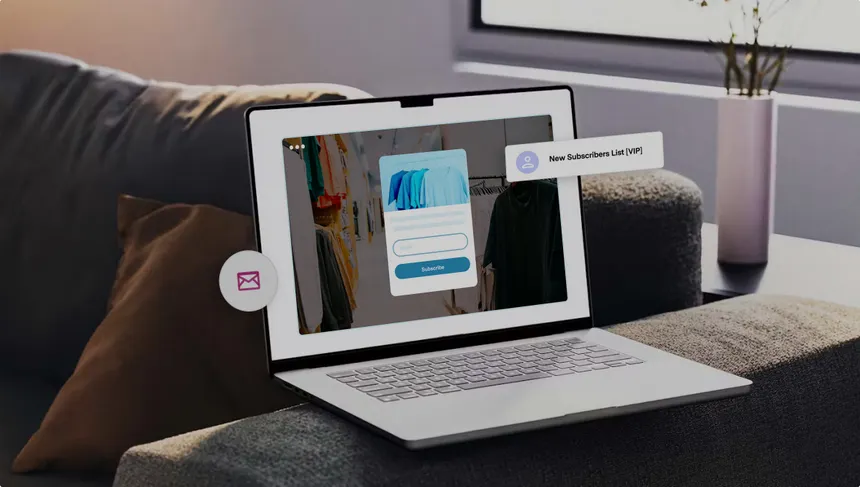
Nostalgia Marketing in Advertising
Brands are cleverly using nostalgia in advertising campaigns to drive engagement and sales. Here’s how:
1. Bringing Back Old Logos and Packaging
- Pepsi revived its 90s logo and limited-edition packaging.
- McDonald’s reintroduced retro Happy Meal toys.
- Coca-Cola brought back its classic ‘New Coke’ from the 1980s for a limited time.
2. Ads Featuring Throwback Themes
- Nike’s commercials feature 90s-style visuals and music.
- Burger King redesigned its branding to reflect its 1970s look.
- Apple references its original 1984 Macintosh ad in new marketing campaigns.
3. Collaborations with Pop Culture Icons
- Brands partner with classic cartoons and celebrities from the past.
- Adidas launched a sneaker line inspired by The Simpsons.
- Fashion brands are releasing collections inspired by 90s TV shows like Friends and The Fresh Prince of Bel-Air.
How Brands Can Use Nostalgia Marketing Successfully
If businesses want to use nostalgia marketing effectively, they need to follow these strategies:
1. Know Your Target Audience
Different age groups feel nostalgic about different things. Brands should research what resonates most with their audience before launching a nostalgia-based campaign.
2. Mix Old with New
Nostalgia works best when combined with modern trends. For example, brands can:
- Update classic products with new technology.
- Release vintage-style ads on social media.
- Use nostalgic themes in digital campaigns.
3. Create an Interactive Experience
Brands can engage customers by:
- Launching social media challenges using old trends.
- Hosting events that bring back past experiences.
- Creating limited-edition products inspired by past decades.
The Future of Nostalgia Marketing
Nostalgia marketing isn’t going away anytime soon. In fact, with the rise of AI and digital media, it’s evolving in new ways:
- AI is helping brands recreate old voices and images of celebrities.
- Augmented reality (AR) allows users to experience the past in an interactive way.
- More brands are launching “throwback” campaigns based on data-driven insights.
With younger generations embracing trends from the past, we can expect nostalgia marketing to remain a major force in entertainment and advertising for years to come.
Conclusion: Nostalgia Marketing is a Winning Strategy
From TV shows to fast-food ads, nostalgia marketing is shaping the way brands connect with consumers. By tapping into happy memories, businesses can create stronger relationships, boost sales, and stand out in the competitive market. As long as people continue to cherish the past, nostalgia marketing will remain a powerful tool for entertainment and advertising.
What’s your favorite nostalgic ad or entertainment reboot? Share your thoughts in the comments!
The Big Comeback: How Board Games Are Taking Over Social Life Again




